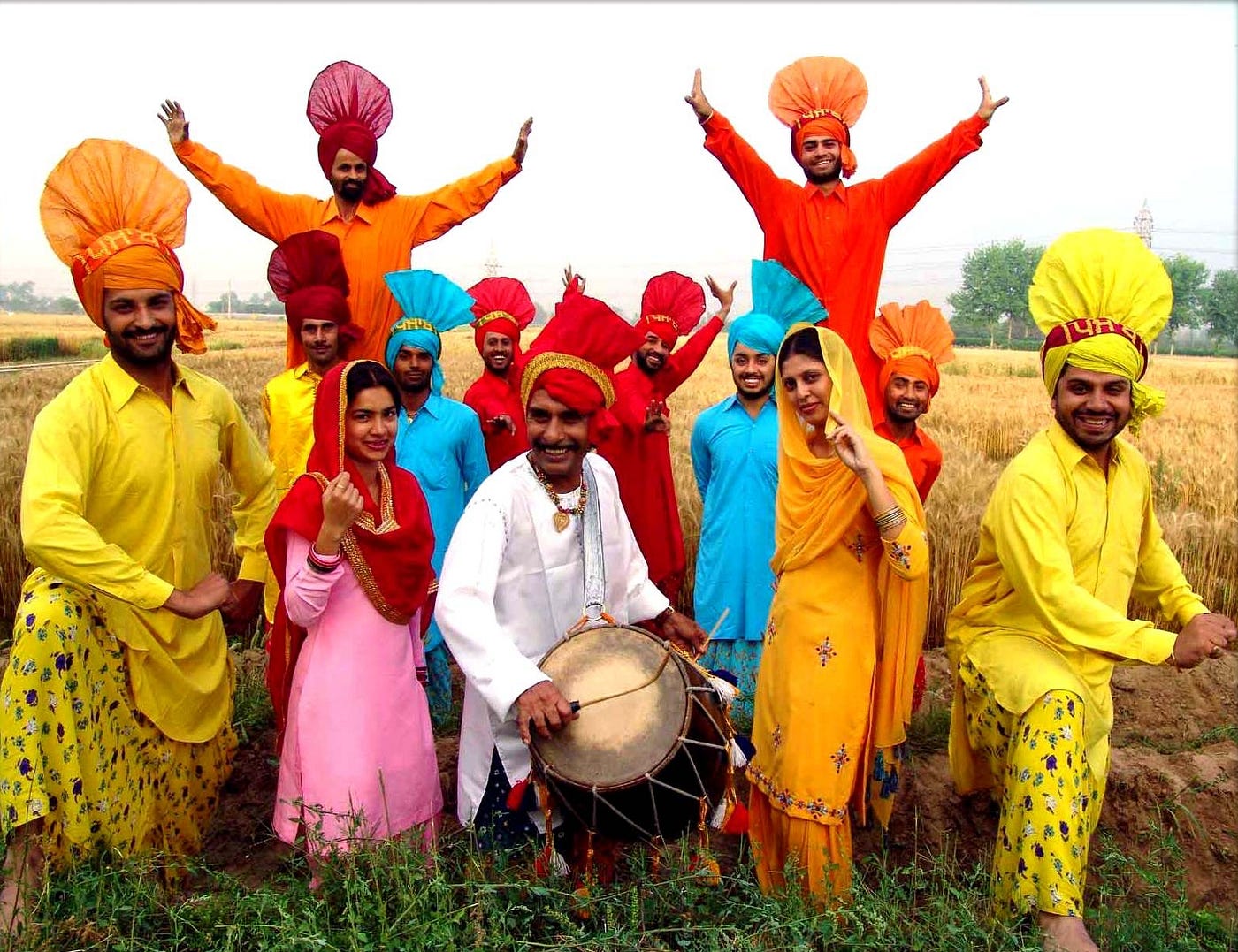
Bhangra, a lively and exuberant dance form, originates from the vibrant state of Punjab in India. This energetic and rhythmic dance style has gained immense popularity worldwide, captivating audiences with its infectious beats and spirited movements. As we delve into the fascinating world of Bhangra, we uncover its rich cultural significance and the electrifying energy it exudes. From its traditional roots to its modern adaptations, Bhangra continues to enthrall people of all ages and backgrounds.
In this article, we will explore eight captivating facts about Bhangra, shedding light on its history, cultural impact, and global influence. Whether you're a seasoned Bhangra enthusiast or new to this captivating dance form, these insights will deepen your appreciation for the artistry and dynamism of Bhangra. Join us on a journey through the pulsating rhythms and vibrant traditions of Bhangra, as we unravel the essence of this captivating dance form.
Key Takeaways:
- Bhangra, a vibrant dance form, originated in the Punjab region and celebrates the harvest season with energetic movements and traditional music, promoting unity and camaraderie.
- Bhangra’s colorful attire, global influence, and celebration of life make it a powerful and uplifting cultural expression that transcends barriers and inspires people worldwide.
Bhangra Originated in the Punjab Region
Bhangra originated in the Punjab region of India and Pakistan, and it is deeply rooted in the rich cultural heritage of the area. The energetic and vibrant dance form has been a significant part of the region's festivities and celebrations for centuries.
Bhangra Celebrates the Harvest Season
Traditionally, Bhangra is performed during the Vaisakhi festival, which marks the beginning of the harvest season in Punjab. The lively and rhythmic movements of Bhangra dancers reflect the joy and gratitude of the farming community as they celebrate the bountiful harvest.
Bhangra Incorporates Traditional Instruments
The music accompanying Bhangra is characterized by the pulsating beats of the dhol, a traditional Punjabi drum, along with the melodious tunes of instruments such as the tumbi, dholak, and flute. These instruments infuse the dance with an infectious energy that captivates audiences.
Bhangra Has Evolved Globally
Over the years, Bhangra has transcended geographical boundaries and gained popularity worldwide. It has evolved into a dynamic art form that fuses traditional Punjabi elements with contemporary influences, captivating audiences across the globe.
Bhangra Promotes Unity and Camaraderie
Bhangra is not just a dance; it is a celebration of community spirit and togetherness. The synchronized movements and exuberant expressions of the dancers foster a sense of unity and camaraderie, creating an electrifying atmosphere of joy and festivity.
Bhangra Showcases Colorful Attire
Dancers performing Bhangra adorn vibrant and colorful attire, including traditional Punjabi clothing such as the kurta, lungi, and pagri for men, and the vibrant salwar kameez for women. The dazzling costumes add to the visual splendor of the performance.
Bhangra Has Influenced Popular Culture
The infectious rhythms and exuberant spirit of Bhangra have left an indelible mark on popular culture. Its influence can be seen in various music genres, dance forms, and even in mainstream cinema, where Bhangra-inspired sequences have captivated audiences globally.
Bhangra Celebrates Life and Resilience
At its core, Bhangra is a celebration of life, resilience, and the indomitable spirit of the Punjabi people. It embodies the ethos of joy, vitality, and a deep connection to the land, making it a powerful and uplifting cultural expression.
Bhangra, with its pulsating rhythms, vibrant movements, and rich cultural significance, continues to enchant and inspire people around the world, transcending barriers and fostering a sense of unity and celebration.
Conclusion
Bhangra is not just a dance form; it's a celebration of culture, history, and joy. Its energetic movements and vibrant music have captivated people worldwide, making it a beloved art form. By delving into the eight fascinating facts about Bhangra, we gain a deeper appreciation for its significance and impact. From its roots in the agricultural traditions of Punjab to its evolution into a global phenomenon, Bhangra continues to inspire and unite people across borders. Embracing Bhangra means embracing the spirit of unity, resilience, and exuberance that defines this rich cultural heritage.
FAQs
What are the origins of Bhangra?Bhangra originated in the agricultural communities of Punjab, India, as a celebratory dance during the harvest season. It symbolizes the jubilation and gratitude of the farmers for a bountiful yield.
How has Bhangra evolved over time?Bhangra has evolved from a traditional folk dance into a dynamic and popular art form. It has integrated modern influences, such as music production techniques and global dance styles, while retaining its traditional essence.
Was this page helpful?
Our commitment to delivering trustworthy and engaging content is at the heart of what we do. Each fact on our site is contributed by real users like you, bringing a wealth of diverse insights and information. To ensure the highest standards of accuracy and reliability, our dedicated editors meticulously review each submission. This process guarantees that the facts we share are not only fascinating but also credible. Trust in our commitment to quality and authenticity as you explore and learn with us.
